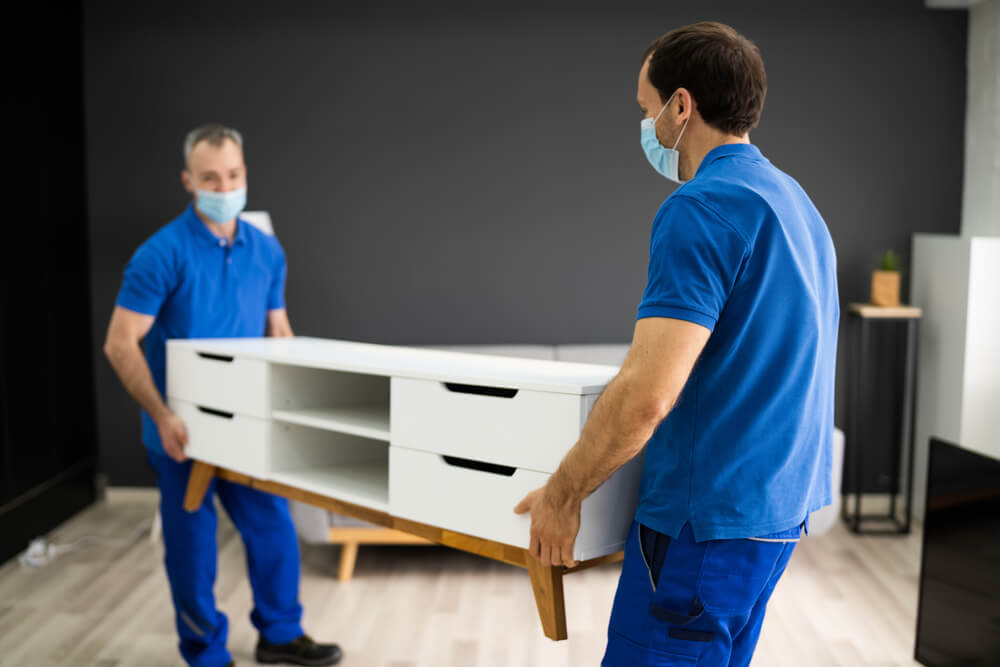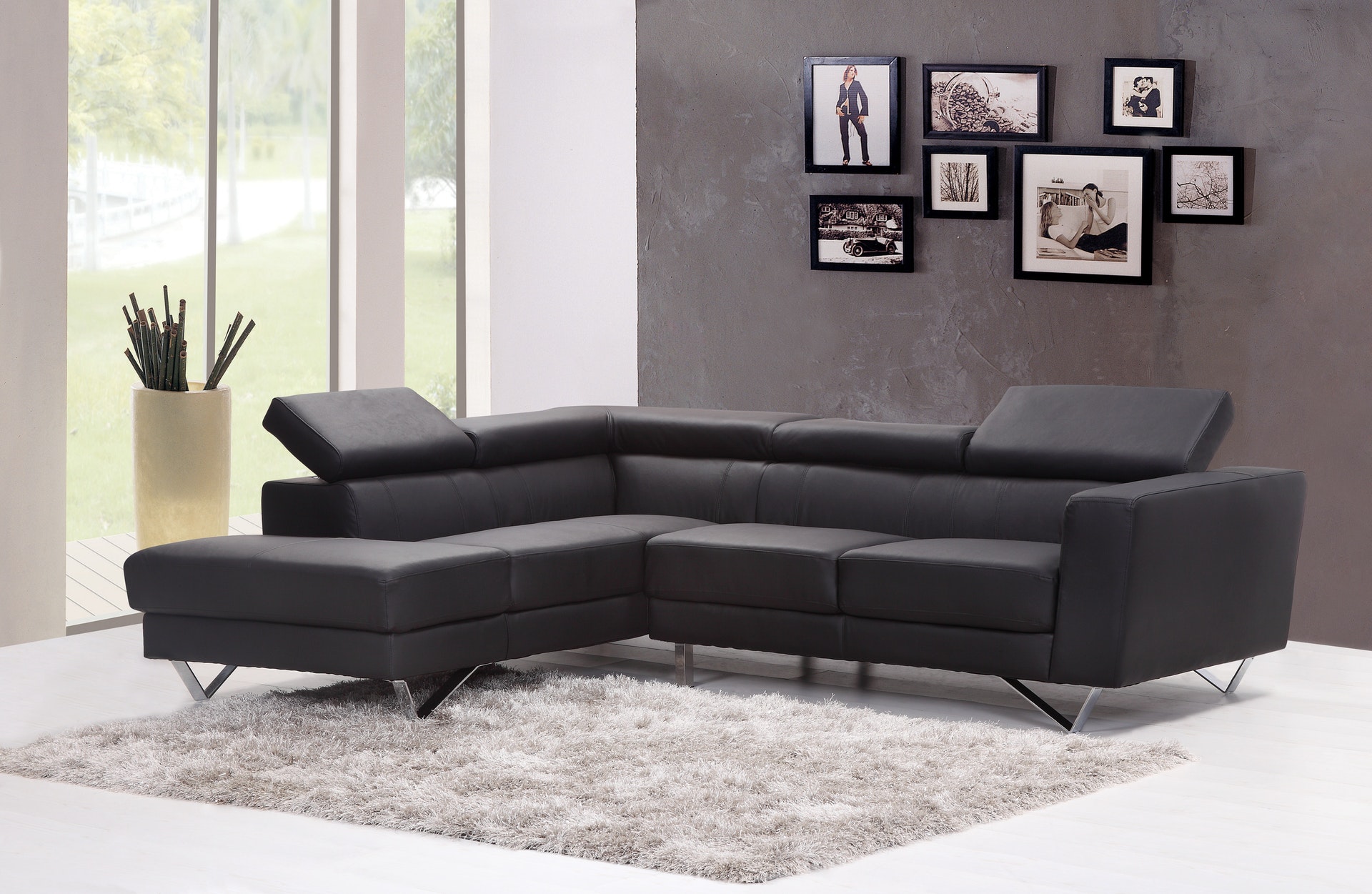Discovering Senior Living Residences in Houston: A Comprehensive GuideDiscovering Senior Living Residences in Houston: A Comprehensive Guide
Are you or a loved one thinking about a transfer to an independent living neighborhood in Houston? The journey to discover the appropriate living situation can be frustrating, loaded with significant decisions concerning treatment, lifestyle, and community. If you’re looking for answers concerning senior living homes in Houston, this guide will provide valuable understandings. We’ll cover the types of senior living neighborhoods, their advantages, and just how to choose the appropriate one for your family.
What Are Senior Living Residences?
Interpretation and Types
Senior living homes include different housing alternatives developed for older grownups seeking a encouraging environment. These neighborhoods enable homeowners to maintain their self-reliance while getting a variety of services. Usual types consist of:
Independent Living: Perfect for energetic senior citizens who require minimal help and need community features.
Assisted Living: For elders that require assistance with everyday activities like medicine monitoring while concentrating on freedom.
Memory Treatment: Specially developed for individuals with Alzheimer’s or dementia, giving safe settings and specialized treatment.
Continuing Care Retired Life Communities (CCRCs): CCRCs offer various treatment options, allowing citizens to shift smoothly as their demands alter.
The Importance of Senior Living Communities
Senior living neighborhoods enhance older adults’ lifestyle by giving sanctuary, advertising socialization, and supplying customized solutions that satisfy their demands.
Why Choose Senior Staying In Houston?
Diverse Options: With numerous communities in Houston, seniors can find settings that match their rate of interests and preferences, whether seeking an energetic way of living or a quieter environment.
Social Richness: Houston has a vivid cultural scene, providing accessibility to museums, movie theaters, parks, and a selection of neighborhood events.
Top Quality Medical Care Access: The city is home to leading medical centers, ensuring that citizens have superb healthcare when required.
Pleasant Climate: The subtropical environment in Houston enables pleasurable outdoor tasks year-round.
Benefits of Senior Living Homes
Boosted Security: Senior citizen living neighborhoods are made with security attributes such as safe entries and emergency telephone call systems, offering assurance.
Social Engagement: The community setup advertises relationships and shared experiences, combating isolation among homeowners.
Maintenance-Free Living: Residents benefit from housekeeping and upkeep solutions, permitting them to concentrate on taking pleasure in life rather than taking care of chores.
Access to Care Solutions: Aided living choices make certain homeowners receive timely clinical attention from on-site health care experts.
Choosing the Right Senior Living Home
Assessing Requirements and Preferences: Understand the specific needs of your loved one. Think about medical demands, lifestyle choices, and spending plan constraints.
Investigating Neighborhoods: Discover various senior living options in Houston through on-line sources and suggestions from good friends or family members.
Exploring Facilities: Schedule scenic tours of prospective neighborhoods. Evaluate the ambience, personnel communications, and offered facilities in person.
Reviewing Testimonials: Locate on-line testimonies to acquire understandings into neighborhood toughness and weak points.
Understanding Expenses: Testimonial the pricing structure of different communities. Ensure quality on what solutions are consisted of in the costs.
The Shift Process to Senior Living
Preparing for the Relocate
Transitioning to a senior living home can be emotional. Right here’s exactly how to reduce the procedure:
Include Your Family Member: Involve them in decisions to help them really feel in control.
Plan Ahead: Go over the relocation early to handle logistics and minimize stress.
Acquainted Things: Consist of personal possessions to produce a welcoming atmosphere.
Settling In
Once the step is complete, assist your liked one change by:
Urging Interaction: Encourage them to participate in community tasks to develop links.
Preserving Communication: Normal check outs and telephone calls supply emotional support, assuring them of their valued place in the family.
Verdict
Picking senior living homes in Houston can feel frustrating, however recognizing the alternatives can provide clarity. By prioritizing the demands and choices of your loved ones and putting in the time to explore appropriate communities, you can locate a caring setting that boosts their quality of life. If you’re ready to discover independent living or want to find out more regarding the solutions offered at Holly Hall, call us today for tailored assistance.



